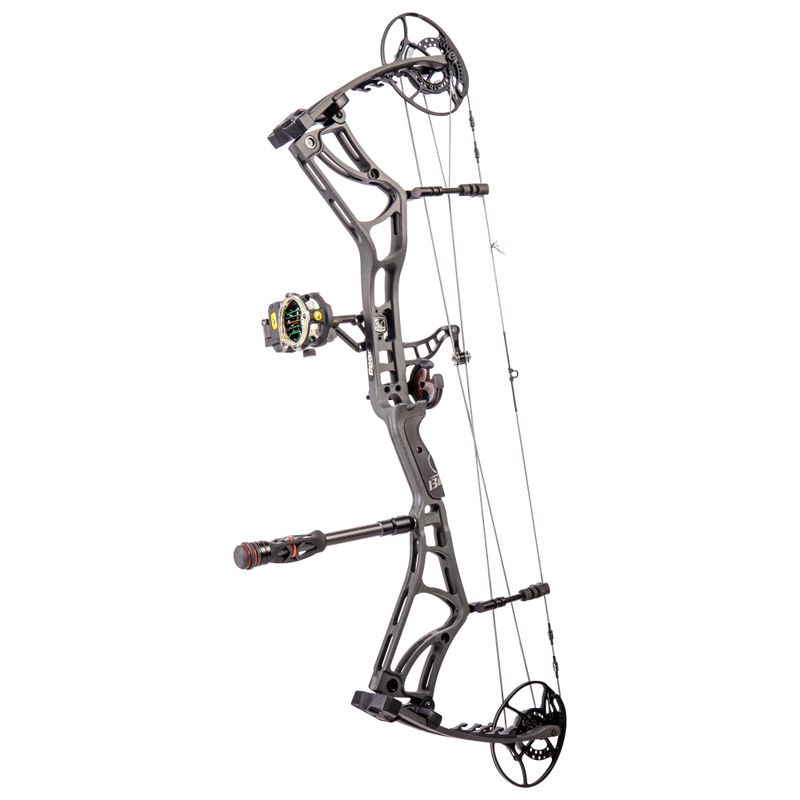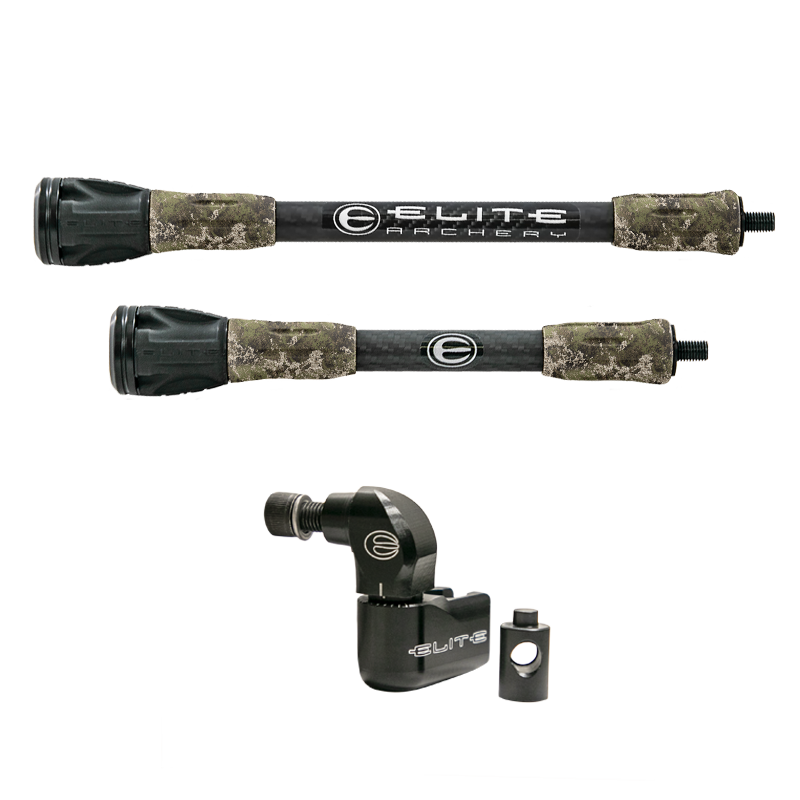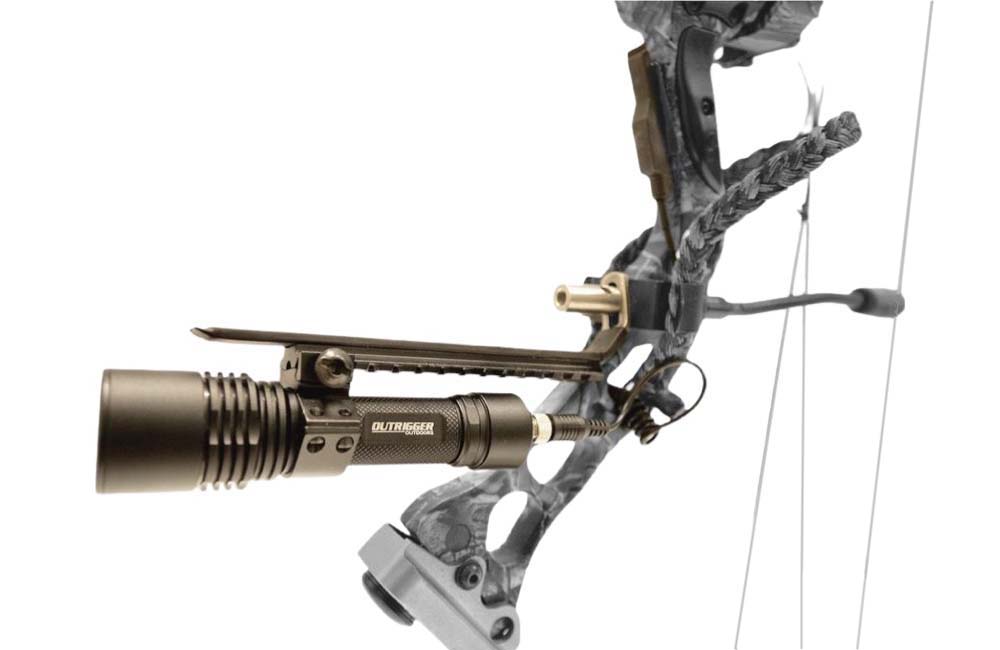Choosing the Best Archery Stabilizer: Tips and Recommendations
Master the Art of Archery: Recognizing the Relevance of a Stabilizer in Your Setup
Archery, an old sport that calls for accuracy, ability, and focus, has actually captivated people for centuries. Whether one is an experienced archer or just starting their journey, the importance of a stabilizer in their arrangement can not be overstated. This essential tool plays a considerable duty in boosting precision and improving overall performance. By understanding the advantages of making use of a stabilizer, considering the ideal variables when choosing one, and properly installing and changing it, archers can elevate their abilities to brand-new heights. Let us explore the details of mastering the art of archery and uncover the important duty that a stabilizer plays in accomplishing success on the array.
The Duty of a Stabilizer in Archery
A stabilizer plays a crucial duty in archery by improving balance and decreasing resonances during the shot. A stabilizer aids to combat these resonances by dissipating the energy and taking in (archery stabilizer).
One of the major benefits of a stabilizer is its ability to improve balance. When an archer holds a bow, it can be testing to maintain a consistent purpose. The weight of the stabilizer assists to distribute the weight equally, lowering the strain on the archer's arm and boosting security. This permits the archer to concentrate on their aim and carry out an extra precise shot.
In addition to equilibrium, a stabilizer additionally aids to lower torque. The weight and design of a stabilizer counteract this turning, making sure an extra accurate and regular shot.
Advantages of Using a Stabilizer
The use of a stabilizer in archery uses countless benefits that enhance an archer's efficiency and overall shooting experience. By taking in and dampening these resonances, the stabilizer improves the stability of the bow, permitting for more exact and consistent shots.
Secondly, a stabilizer aids to balance the bow by adding weight to the front end. This weight circulation counteracts the natural propensity of the bow to tip forward upon launch, decreasing the quantity of motion and enhancing the archer's ability to preserve goal on target.

Lastly, a stabilizer can likewise act as a shock absorber, minimizing the shock and recoil experienced upon release. This not just enhances the convenience of shooting but additionally decreases the danger of injury or strain on the archer's body.
Just How a Stabilizer Enhances Accuracy
Enhancing the precision of an archer's shots, a stabilizer plays a crucial function in improving general efficiency. archery stabilizer. By adding security to the bow, a stabilizer helps minimize the undesirable activity and vibration that can take place during a shot. This decrease in movement permits the archer to preserve a consistent aim, causing more constant and exact shots

Additionally, a stabilizer helps to wet resonances that take place upon launch. These vibrations can create the bow to shake, impacting the arrow's trajectory and precision. By taking in and dissipating these vibrations, a stabilizer assists to maintain the bow's security and ensure a accurate and smooth shot.
Furthermore, a stabilizer can likewise assist in stabilizing the weight circulation of the bow (archery stabilizer). By including weight to the front of the bow, a stabilizer helps to stabilize the weight of accessories, such as quivers or sights, which might be affixed to the bow. This balanced weight circulation assists the archer maintain a controlled and consistent shooting placement, leading to improved accuracy
Aspects to Think About When Choosing a Stabilizer
When selecting a stabilizer for your bow, it is very important to take into consideration numerous aspects that will add to its general effectiveness and viability for your specific shooting design. The first variable to think about is the length of the stabilizer. Stabilizers come in different lengths, ranging from short to long. Longer stabilizers usually offer more security and equilibrium, but they can likewise be heavier and harder to maneuver. Much shorter stabilizers, on the various other hand, offer far better maneuverability however may sacrifice some security.
An additional aspect to consider is the weight of the stabilizer. The weight of the stabilizer can impact the equilibrium of your bow. A heavier stabilizer can help to lower vibrations and enhance security, causing a steadier shot. However, a lighter stabilizer might be favored by shooters that focus on maneuverability and speed.
Some stabilizers have adjustable features, such as flexible length or flexible weights, which permit you to personalize the stabilizer to your particular needs. Carbon fiber stabilizers are light-weight and sturdy, while aluminum stabilizers offer an equilibrium between weight and rigidity.
Finally, it is important YOURURL.com to consider your capturing design and preferences. Various stabilizers may function much better for specific shooting styles, such as target capturing or hunting. It is a good idea to talk to skilled archers or specialists to establish which stabilizer will certainly ideal suit your individual requirements. Overall, taking into consideration these variables will assist make sure that you select a stabilizer that enhances your capturing experience and improves your precision.
Tips for Properly Installing and Changing a Stabilizer
Proper setup and modification of a stabilizer is critical for maximizing its performance and ensuring optimum shooting precision. When setting up a stabilizer, it is essential to follow a couple of vital steps to ensure its performance. Figure out the ideal size of the stabilizer based on your capturing style and choices. Longer stabilizers offer even more security yet can be less maneuverable, while much shorter stabilizers offer enhanced maneuverability however might give up security. Once you have chosen the appropriate length, connect the stabilizer to the bow utilizing the offered installing equipment. Ensure that the stabilizer is securely fastened and aligned with the bow's riser.
After installing the stabilizer, it is needed to make adjustments to accomplish the preferred balance and shot uniformity. Start by adjusting the weight circulation along the stabilizer. This can be done by adding or getting rid of weights from the stabilizer's weight system. Explore various weight setups to locate the equilibrium that functions best for you. Additionally, take into consideration adjusting the angle of the stabilizer to fine-tune the shot. index A minor ahead or in reverse tilt can influence the bow's equilibrium and exactly how it responds throughout the shot.

Conclusion
In final thought, a stabilizer plays a vital function in archery by enhancing accuracy and minimizing bow torque. When selecting a stabilizer, factors such as size, product, and weight should be taken into consideration to satisfy individual needs.
Furthermore, a stabilizer can additionally assist in stabilizing click to investigate the weight distribution of the bow. By adding weight to the front of the bow, a stabilizer aids to stabilize the weight of accessories, such as sights or quivers, which might be connected to the bow. Some stabilizers have flexible functions, such as adjustable size or flexible weights, which enable you to personalize the stabilizer to your specific demands. Carbon fiber stabilizers are light-weight and resilient, while light weight aluminum stabilizers use a balance between weight and strength.
Longer stabilizers give more security but can be much less maneuverable, while shorter stabilizers provide increased ability to move but might compromise stability.